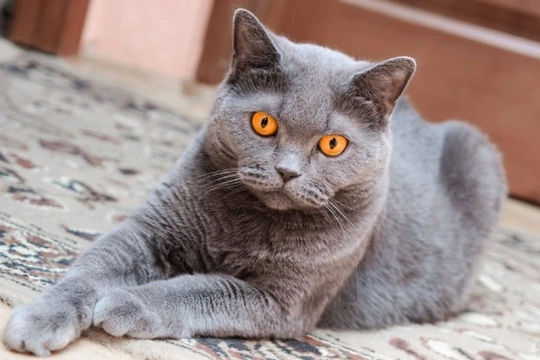
Blood Clots in Cats
Would you recognise the symptoms of a blood clot in your cat? His life could depend on it. Initial signs of this silent killer can easily be confused with those of a traumatic event, like a road traffic accident or bad fall. However, there are certain indicators that distinguish aortic thromboemboli, also known as saddle thrombus, from other conditions – and they can be your earliest clues that your pet is in dire need of veterinary attention. This article will guide you through the causes, symptoms, diagnosis, treatment, and complications of an aoritic thromboembolism.
Causes
In humans, blood clots can happen due to changes in hormone levels, altitude, or a sedentary lifestyle, but the primary cause of blood clots in cats is actually heart failure. Clots can occur in cats of any age and type, but are most likely to form in middle aged, purebred male cats. To understand how heart failure causes saddle thrombus, we must consider that damage to the muscles of the heart increases the risk of abnormalities in the blood. Dilation or thickening of the left portions of the heart can eventually cause a blood clot to form, break away from the cardiac tissue and disperse into the body.The aorta is a major artery of the heart that feeds oxygenated blood through the circulatory system. High pressure enables it to pump blood rapidly and efficiently. When a clot develops it may therefore be pushed out of the heart and through the aorta towards narrower portions of the artery, where it eventually becomes lodged.
Symptoms
As the clot travels from the aorta, it passes through the thoracic cavity and abdomen until it arrives at the point where the artery splits, also known as the iliac artery, which feeds oxygenated blood to the legs. If the clot lodges here, it may fully or partially cut off circulation to one or both legs. This blockage often manifests itself in the form of limping, lameness, or paralysis – hence why some owners may think their cat has been in an accident. Blockages are incredibly painful, and the cat may show signs of severe discomfort, such as vocalisation or collapse. Other signs of a blood clot include:
- Vomiting
- Difficulty breathing, especially increased respiration
- Anxiety
- Loss of appetite
- Lethargy
- Cold extremities
One of the hallmarks of a thromboembolism in cats is a change in footpad or nail bed colour from pink to blue, which occurs when the lower portion of the leg has been starved of oxygen. The affected leg will also be very cold for the same reason. If you suspect your cat may be suffering from a saddle thrombus, compare his affected paw with those on normal limbs and call the vet with your findings.
Diagnosis
Definitively determining whether your cat has a saddle thrombus requires diagnostic testing. Your vet will check your cat’s medical history and ask for information regarding when the symptoms first appeared. This unfortunately can be the point at which confusion prevents a straightforward diagnosis. Saddle thrombus is relatively rare and onset can be rapid, so it may not seem like the most likely cause of your cat’s pain. In order to find out for sure, you vet may take blood and urine samples or a blood pressure reading. If there remains ambiguity he or she may take an x-ray to check the condition of the heart and lungs, or use ultrasound equipment to try and determine the presence and position of the clot. The steps taken will depend on your vet’s available equipment and prior training.
Treatment
The effects of a saddle thrombus cannot be treated at home, and your cat will require intensive nursing in order to keep as comfortable as possible and prepare for treatment. Your cat will be given pain relief and in some cases oxygen whilst he is in the vet’s care, and staff will check him constantly in order to track any progress or improvement. Heat is sometimes used to attempt to dilate the veins in the damaged leg. If his heart is strong enough he may also be given IV fluids to support the function of his other organs, and help treat any shock that may have set in.Depending on the severity of the clot and degree to which the artery is blocked, your vet may attempt to thin your cat’s blood to speed the breakdown of the embolism. In some cases, especially if the anticoagulants do not deliver the desired effects, your cat may need to undergo surgery to remove the clot or even the affected limb.
Prognosis
Only your vet can tell you what your cat’s odds of survival are following any of the treatments described above. However, it’s widely known that saddle thrombus has a low survival rate due to its severity and the risk of repeat clots. There may be hope in milder cases, and treatment with blood thinners or heart medication can continue at home following dissolution of the initial clot. Though it may seem extreme, many cats cope well after amputation of a limb, especially if they are young and otherwise healthy.
Prevention
Unfortunately it is difficult to predict whether your cat may be vulnerable to developing a blood clot, as it can occur with little to no warning. Genetic history or knowledge that your cat may be more vulnerable to this condition due to his breed can help, as can thorough health checks at least once per year. If your cat develops a heart murmur or any other sign there could be trouble ahead, it may be possible to begin preventative care with medication and therapy.



